SACRED VALLEY
Date: 07.03.2023
|
Official Guides of Galicia, Visits to Lugo, Full-time Visitors, Tours and excursions |
0 Comments
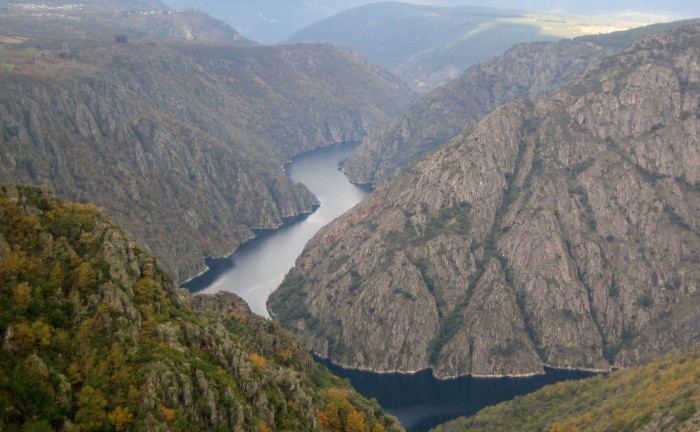
Santiago de Compostela City Tour
Date: 07.03.2023
|
Official Guides of Galicia, Visits to Lugo, Full-time Visitors, Tours and excursions |
0 Comments
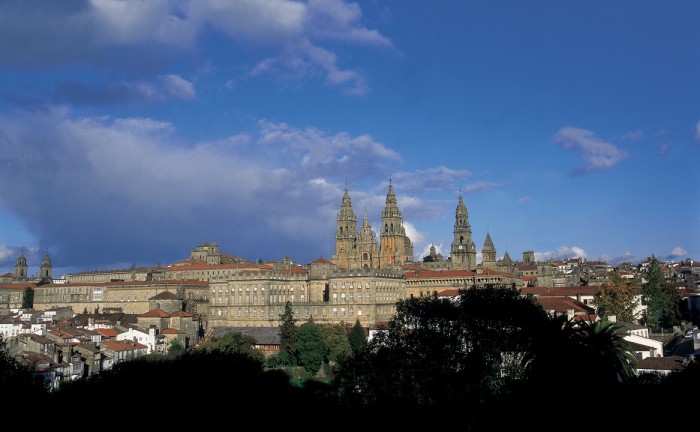
The Pilgrims Way: Samos & Portomarín
Date: 07.03.2023
|
Official Guides of Galicia, Visits to Lugo, Half-day visits, Tours and excursions |
0 Comments
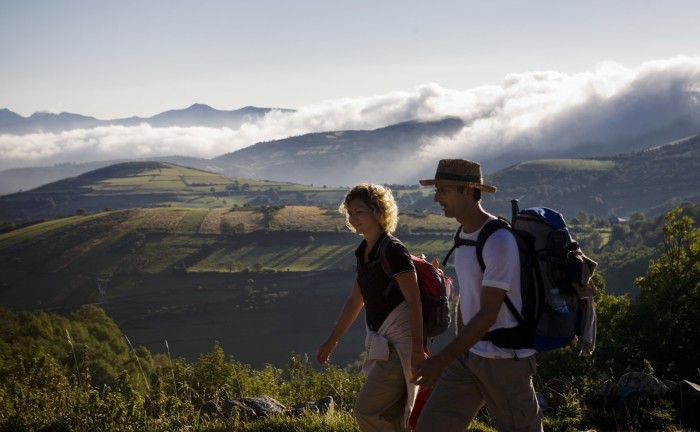
Visita a la Vía Nova y Celanova
Date: 07.03.2023
|
Official Guides of Galicia, Visits to Ourense, Full-time Visitors, Tours and excursions |
0 Comments
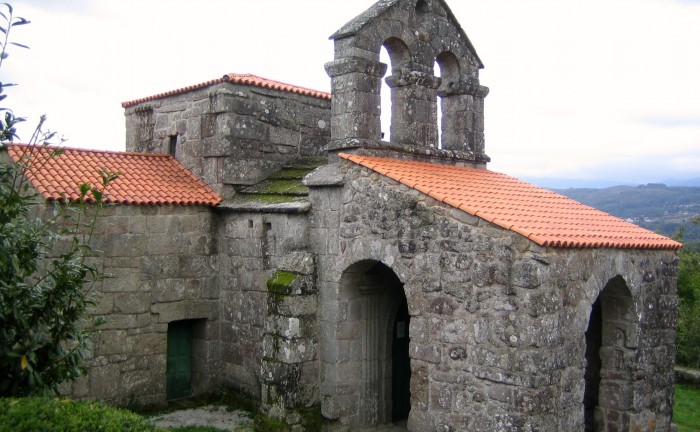
Santiago de Compostela City Tour
Date: 07.03.2023
|
Official Guides of Galicia, Visits to Ourense, Full-time Visitors, Tours and excursions |
0 Comments

Vigo Sightseeing Tour
Date: 07.03.2023
|
Official Guides of Galicia, Visits to Ourense, Full-time Visitors, Tours and excursions |
0 Comments
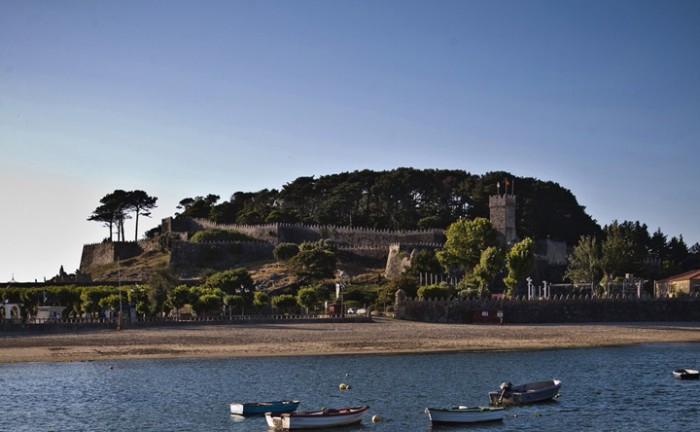
Lugo & Monforte de Lemos
Date: 07.03.2023
|
Official Guides of Galicia, Visits to Ourense, Full-time Visitors, Tours and excursions |
0 Comments
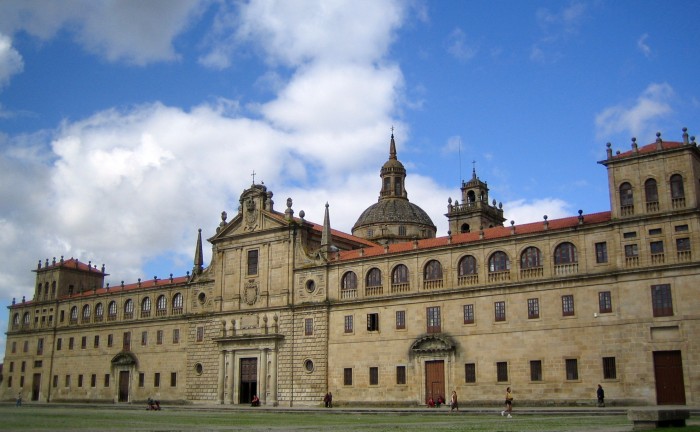
SACRED VALLEY
Date: 07.03.2023
|
Official Guides of Galicia, Visits to Ourense, Full-time Visitors, Tours and excursions |
0 Comments

(Español) Visita a Allariz y Celanova
Date: 07.03.2023
|
Official Guides of Galicia, Visits to Ourense, Half-day visits, Tours and excursions |
0 Comments
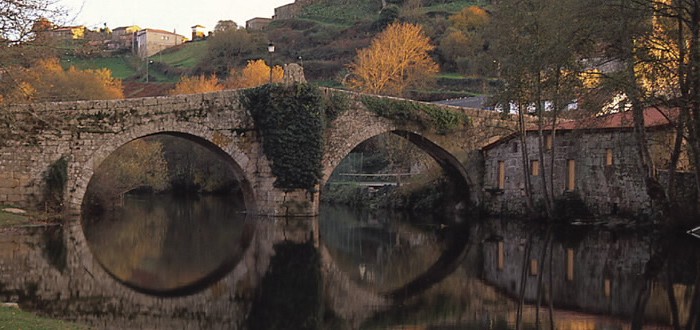
Full day tour Manor Houses & Castles
Date: 07.03.2023
|
Official Guides of Galicia, Visits to Santiago de Compostela, Full-time Visitors, Tours and excursions |
0 Comments
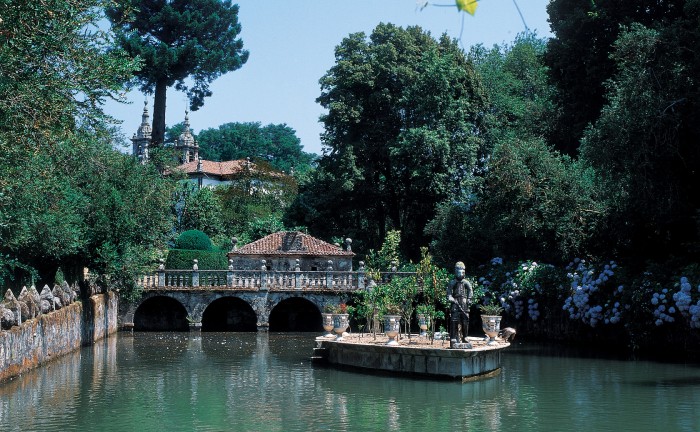
COAST OF DEATH & CAPE FINISTERRE
Date: 07.03.2023
|
Official Guides of Galicia, Visits to Santiago de Compostela, Full-time Visitors, Tours and excursions |
0 Comments
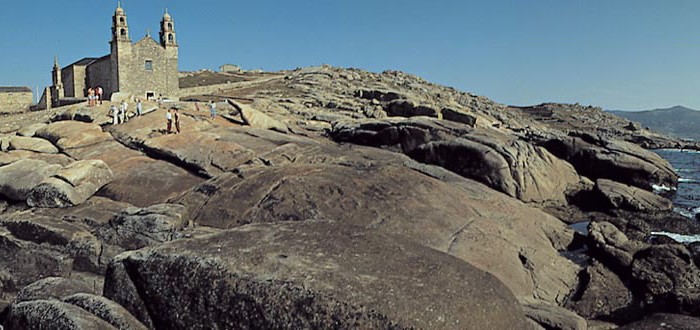
The Pilgrims Way to Santiago
Date: 07.03.2023
|
Official Guides of Galicia, Visits to Santiago de Compostela, Full-time Visitors, Tours and excursions |
1 Comments




